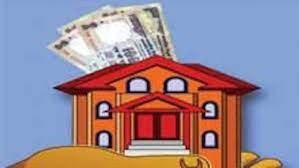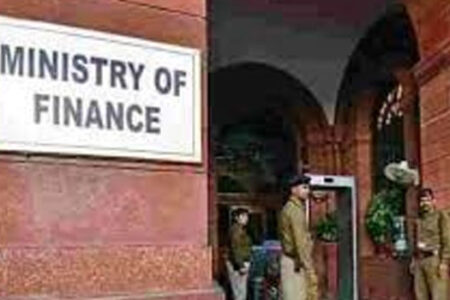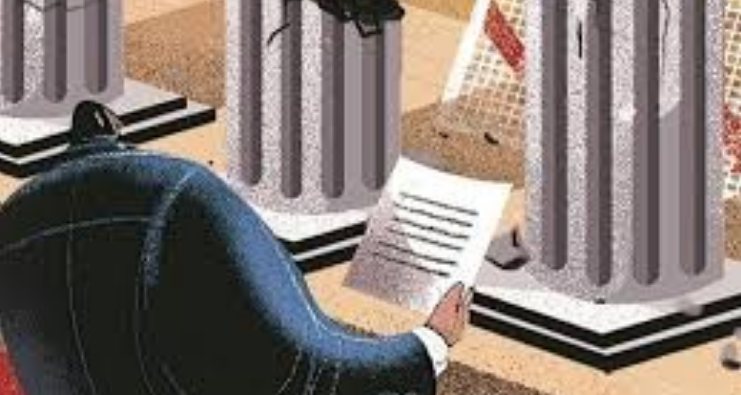* You can now apply for top-up on your existing home loan and use the funds to fulfil a host of requirements such as home renovation, marriage expenses, business expansion, funding of your child’s higher education or any other personal need with a combination of overdraft facility.
* As our esteemed home loan customer, you can avail extra loan of up to Rs 50 lakh against the mortgage of your property. You can use the top-up loan for multiple purposes such as construction of residential/commercial property, personal requirement or for business purposes.
* We offer top-up loans to our customers to borrow a certain amount over and above the home loan amount. The customer who already has a home loan and requires more funding can opt for home top-up loans. It can be availed for any personal purpose. The interest rates are much lower than usual personal loan interest rates.
* With our top-up loans, you can celebrate your personal or professional milestones such as marriage, a dream vacation, business expansion, debt consolidation, etc. with super ease and minimal new documentation. Let your dream fuel more dreams.
I have picked all four statements from the websites of large commercial banks hawking top-up home loans. This is an additional loan provided by most banks and housing finance companies on existing home loans. If you have a running home loan with a particular bank or a non-banking financial company (NBFC), applying for the top-up loan gets simpler, hassle-free and needs minimal documentation.
As a product, the top-up home loan is not as old as home loan itself, but it has been around for at least two decades. The Reserve Bank of India (RBI), however, never bothered about it in the past. The RBI master circular on housing finance issued in July 2015, and even the FAQs released in November 2019, talked about everything – including what an EMI (equated monthly instalment) is, how does one prepay the home loan, the difference between fixed and floating rate loans and even reverse mortgage – but had no word on home loan top-ups.
Now, the banking regulator is taking a close look at such loans. It has been engaging individual lenders in closed-door discussions to understand this animal – which, in spirit, is a personal loan, but disguised as a variation of home loan.
Why is the regulator worried about it? It is well known that the RBI is not comfortable with the lenders’ exuberance over retail lending, particularly unsecured personal loans. The lenders could be encouraging the borrowers to overleverage themselves and some of them may not be in a position to pay back. This can spoil the party for the financial sector. As a precaution, in November 2023, the RBI raised risk weights on personal loans, credit cards and bank credit to NBFCs to stem the growth.
How do home loan top-ups work? They are a sort of secured personal loan. Such loans are offered to existing home loan borrowers who have been servicing their loans well.
Typically, home loans are given after calculating the loan-to-value or LTV ratio. LTV is the percentage of the property’s value that a bank or financial institution can lend to a property buyer. It varies depending on the price of the property, and the borrowers always put in their share of the cost before reaching out to a lender. The borrowers’ contribution can be anywhere between 10 per cent and 30 per cent of the price of the property.
With regular repayment, the lenders’ exposure to such loans comes down and the LTV ratio drops. They then invite good customers to take top-up loans for purposes beyond home improvement – say, weddings, vacations, education, medical expenses or business expansions.
Unlike personal loans, the tenure of these loans can go up to 10-15 years, and beyond, depending on one’s home loan tenure. The maximum tenure could be the same as the balance repayment period. Lenders consider factors such as the value of the property, the outstanding home loan amount, repayment history and repayment capacity of the borrowers before approving the top-up loan. The interest rates for such loans are much lower than personal loans, but higher than home loans. Of course, certain banks offer them at the same rate the charge for home loans.
So, what’s wrong with this product? The lenders justify giving such loans since they are backed by collateral (the property already bought) and hence, the probability of losing money virtually doesn’t exist. The borrowers also feel fine. Since they have already put in their own equity to buy the property, they welcome a fresh loan at a relatively cheaper rate.
Still, there are quite a few grey areas, which the RBI is trying to shed light on. The purpose of a top-up loan on a home loan should ideally be home improvement. If the borrower is using the money for holidaying, isn’t that a case of fund diversion? But, how does one say that when not only is the lender allowing the borrower to take money for purposes other than home improvement, but actively wooing her to do so?
Most often, the document for such a loan makes it clear that the money cannot be used for speculative purposes, but if a borrower takes a top-up loan to play in the stock market, can the lender figure it out? Or, if a borrower takes a top-up home loan to pay off another loan, can this be traced?
Incidentally, like home loans, top-up home loans, too, get a tax benefit if the money is used for modifying, renovating or acquiring add-ons on one’s existing home. The quantum of benefit is smaller than what a home loan borrower enjoys. Of course, to get such a benefit, the lender must issue an interest rate certificate to the borrower. Apparently, a few lenders have been issuing such certificates even though the loans are not used for home improvement! Also, they avail of the National Housing Bank refinance for the top ups.
The RBI’s primary concern is the rise and rise in personal credit in the guise of top-up home loans. It has raised the capital requirement for personal loans to discourage lenders. The higher capital requirement raises the cost of money both for the lenders and the borrowers. It seems that by offering personal loans through the home loan top-up window, lenders are skirting the higher capital requirement.
As of March 2024, the home loan portfolio in the Indian financial system is around Rs 35 trillion; the banks’ share in this is around Rs 28 trillion. How much of this is in the form of home loan top-ups? We don’t know.
Different lenders follow different practices to classify top-up loans. For some, a “top-up” is no different from a home loan. Both are clubbed together. There are others that club home loan top-ups with loans against property and loans given against future rental income as mortgages, distinct from home loans.
For mortgages, the capital requirement is 75 per cent, which is almost double the capital requirement for home loans (the exact requirement depends on the size of a loan). It is, however, less than the capital requirement of 125 per cent for personal loans.
The RBI’s eye on home loan top-ups is justified. Instead of banning the product, it should come down hard on those who have been misusing this and exposing the system to risk.
This column first appeared in Business Standard.
The writer of this column writes Banker’s Trust every Monday in Business Standard.
Latest book Roller Coaster: An Affair with Banking
Twitter: TamalBandyo
Website: https://bankerstrust



